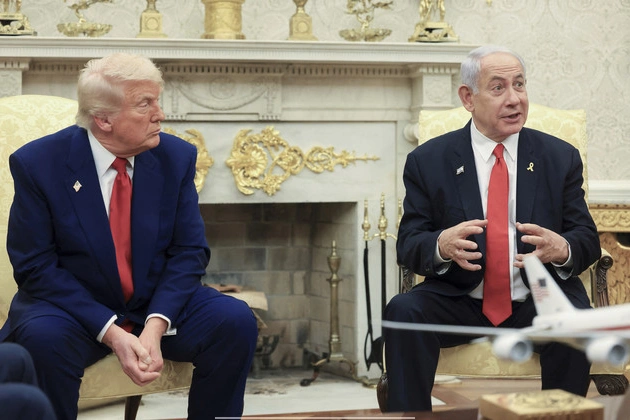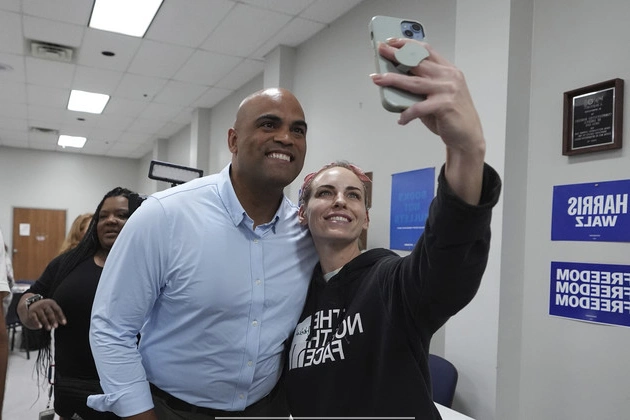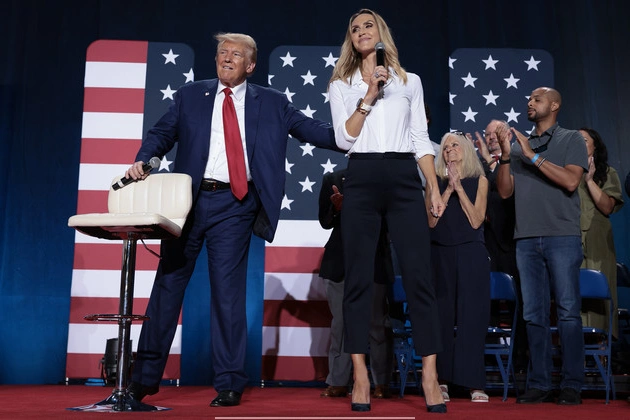
Imports in April took a nosedive as companies navigated the implications of President Donald Trump’s new tariff policies, providing an early glimpse into the unfolding global trade war impact on the U.S. economy.
Trade Deficit Shrinks
The latest trade deficit figures from the Commerce Department revealed a significant drop compared to March, primarily driven by a nearly 20 percent decrease in imports.
Consumer Behavior Shifts
Companies and consumers rushed to make purchases in March ahead of the new tariffs, resulting in record-high deficits. However, consumer spending pulled back in April, leading to a cooling inflation rate.
Trump’s Trade Policies
The data suggests that President Trump’s trade strategies are influencing the global trade deficit, a focal point of his economic agenda. Despite concerns, tariffs did not immediately raise consumer prices in April.
Joe LaVorgna, chief economist at SMBC Nikko Securities, noted that the current economic trends align with the administration’s objectives.
Economic Outlook
While the spending slowdown could hint at economic deceleration, solid wage growth offers some reassurance. The short-term data does not signal imminent trouble, especially with positive wage trends.
Uncertainties loom regarding long-term trade deficit levels, as recent de-escalation with China and fluctuating tariff rates introduce volatility.
Future Projections
Economists anticipate tariff impacts on inflation to materialize in the coming months, with early effects already visible in business sentiment and profit margins.
Regular updates and monitoring are essential to gauge the evolving tariff landscape and its repercussions on the economy.











